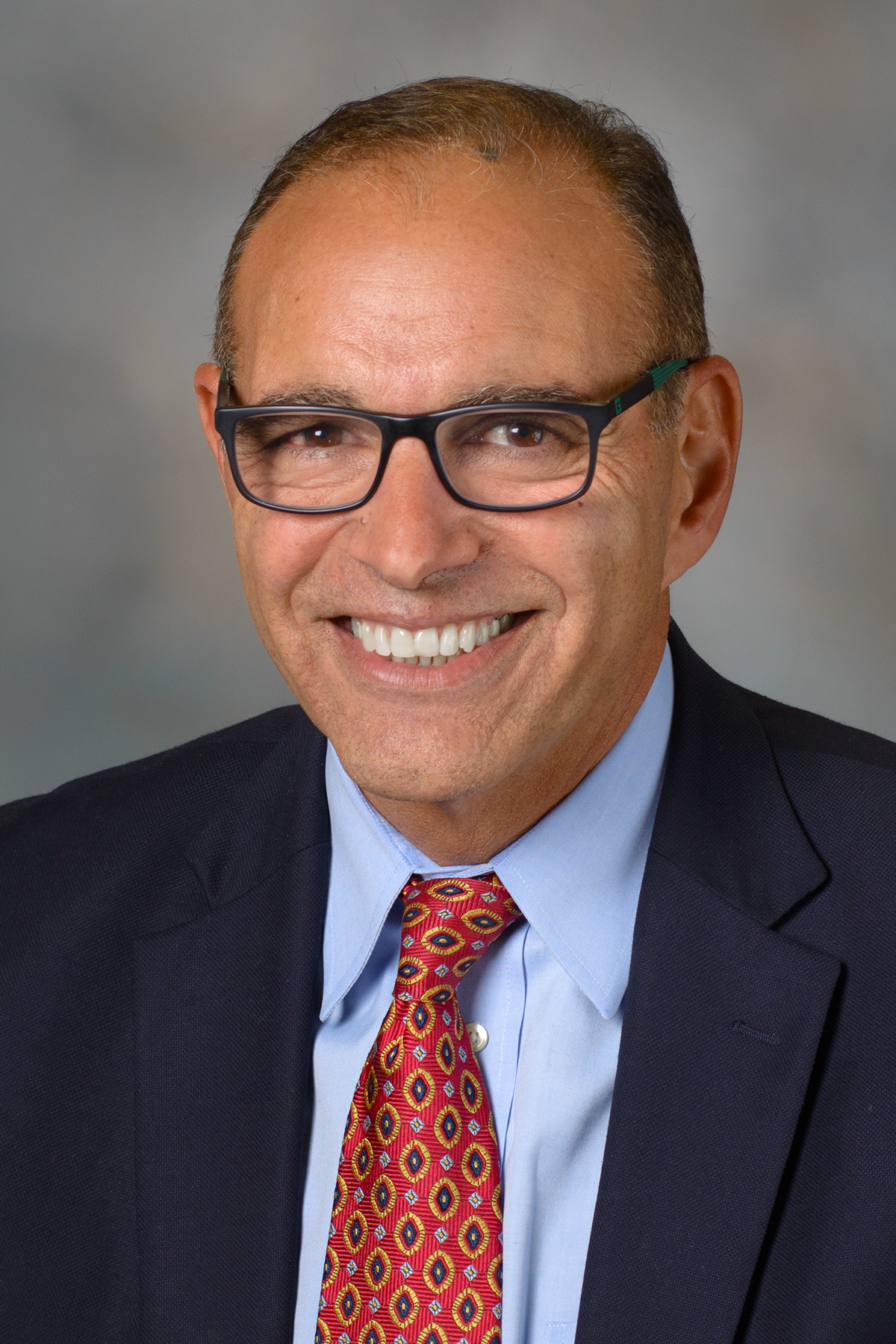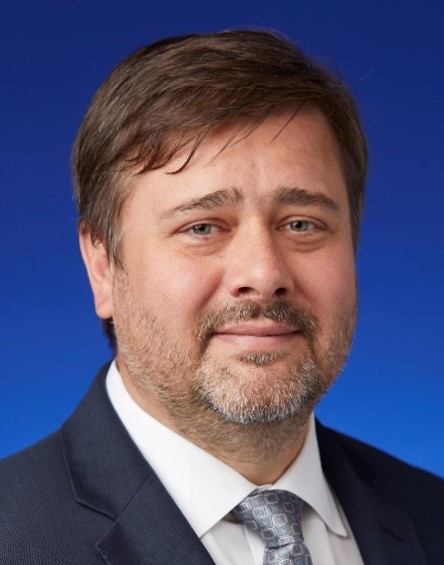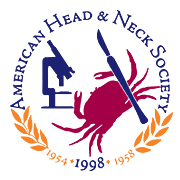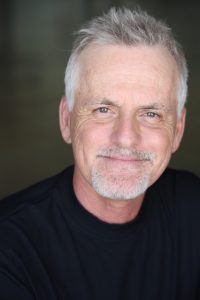COVID vs Cancer: Impact on Head and Neck Oncology
The Head & Neck journal has a new special issue, COVID-19 versus Cancer: Impact on Head and Neck Oncology, to help head and neck oncologists all over the world in dealing with the pertinent issues surrounding the challenges they face during this pandemic. The issue is available for free full content download, globally using this link https://authorea.com/inst/20973 Dr. Ehab Hanna, …
